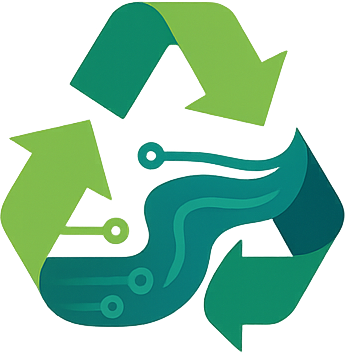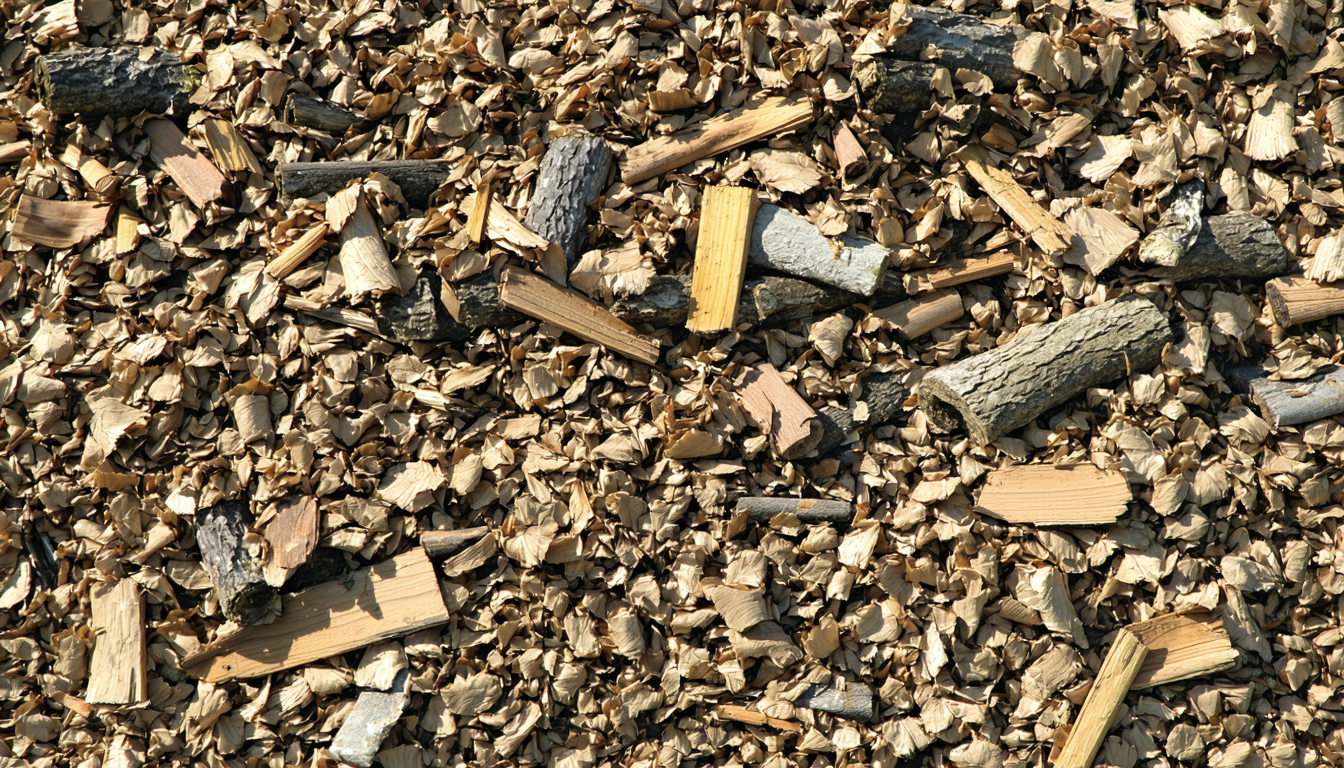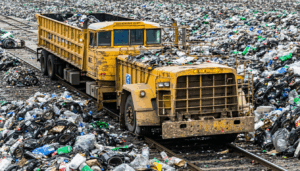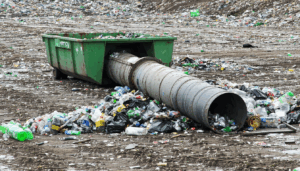In recent years, yard waste disposal has become a pressing concern for homeowners, municipalities, and environmentalists across the United States. With millions of tons of grass clippings, leaves, and branches generated annually, the need for sustainable and efficient disposal methods is more urgent than ever. This article explores the latest trends, challenges, and innovations in yard waste management, shedding light on how communities are adapting to stricter regulations and growing environmental awareness. From composting initiatives to new landfill policies, here’s what’s shaping the landscape of yard waste disposal today.
The Growing Issue of Yard Waste in America
Yard waste, including organic debris from lawns and gardens, accounts for a significant portion of municipal solid waste in the U.S. According to the Environmental Protection Agency (EPA), over 35 million tons of yard trimmings were generated in 2018 alone, making up about 12% of total waste. While some of this material is composted or recycled, a large share still ends up in landfills, contributing to methane emissions.
The problem intensifies during peak seasons like fall, when leaf collection overwhelms local systems. Many cities struggle with limited resources to handle the volume, leading to delays in pickup services. This backlog not only frustrates residents but also poses fire hazards if waste accumulates improperly.
Yard Waste Disposal Regulations Tighten
Across the country, states are implementing stricter rules to divert organic waste from landfills. As of 2023, over 20 states have enacted bans or restrictions on disposing of yard waste in landfills, pushing for alternatives like composting and mulching. For instance, California’s Senate Bill 1383 mandates a 75% reduction in organic waste disposal by 2025, with hefty fines for non-compliance.
These regulations aim to reduce greenhouse gas emissions and promote sustainability. However, they also place pressure on municipalities to develop infrastructure for large-scale composting. “Local governments are racing to meet these mandates, but funding remains a major hurdle,” says Dr. Emily Carter, an environmental policy expert at the University of California.
Impact on Homeowners and Communities
For homeowners, navigating yard waste disposal rules can be daunting. Many areas require residents to separate organic waste from regular trash, often providing specific bins or collection schedules. Failure to comply can result in fines, as seen in cities like Seattle, where penalties start at $25 per violation.
Communities are also feeling the strain. Small towns with limited budgets struggle to provide consistent services, while urban areas face logistical challenges in densely populated neighborhoods. Some residents have turned to private hauling services, though costs can be prohibitive for low-income households.
Innovations Driving Sustainable Solutions
Despite the challenges, innovative solutions are emerging to tackle yard waste disposal. Community composting programs are gaining traction, with cities like Minneapolis offering drop-off sites for residents. These initiatives not only reduce landfill waste but also produce nutrient-rich compost for local gardens.
Technology is playing a role too. Mobile apps now connect homeowners with local mulch producers or composting facilities, streamlining the disposal process. Additionally, some municipalities are investing in anaerobic digesters that convert organic waste into renewable energy.
Here are key trends shaping the future of yard waste management:
– Increased adoption of curbside composting programs.
– Partnerships between cities and private companies for waste processing.
– Public education campaigns to encourage backyard composting.
Future Outlook and Environmental Implications
The push for sustainable yard waste disposal reflects broader environmental goals in the U.S., including reducing carbon footprints and conserving landfill space. If current trends continue, experts predict that by 2030, over half of all yard waste could be diverted through composting or recycling programs. However, achieving this will require significant investment in infrastructure and public awareness.
There are differing views on how to balance cost and sustainability. While environmentalists advocate for aggressive policies, some local officials argue that rapid changes burden taxpayers. A balanced approach—combining incentives for compliance with accessible resources—may offer the best path forward.
In conclusion, yard waste disposal remains a complex issue with far-reaching implications for communities nationwide. As regulations tighten and innovations emerge, collaboration between residents, governments, and businesses will be crucial. By embracing sustainable practices today, the U.S. can pave the way for a greener tomorrow.
Frequently Asked Questions (FAQ)
1. What qualifies as yard waste?
Yard waste typically includes grass clippings, leaves, branches, and other organic materials from lawn and garden maintenance. Items like plastic bags or treated wood are usually excluded from collection programs.
2. Can I throw yard waste in regular trash?
In many states, no. Over 20 states have bans or restrictions on disposing of yard waste in landfills. Check local guidelines for specific rules and alternatives like composting.
3. How can I dispose of yard waste sustainably?
Consider backyard composting, using municipal drop-off sites, or participating in curbside collection programs. Mulching leaves directly into your lawn is another eco-friendly option.
4. Are there penalties for improper yard waste disposal?
Yes, many areas impose fines for non-compliance with disposal rules. Penalties vary by location but can range from $25 to several hundred dollars per violation.
This comprehensive look at yard waste disposal highlights the urgency of adopting sustainable practices while addressing the challenges faced by communities across the United States.





